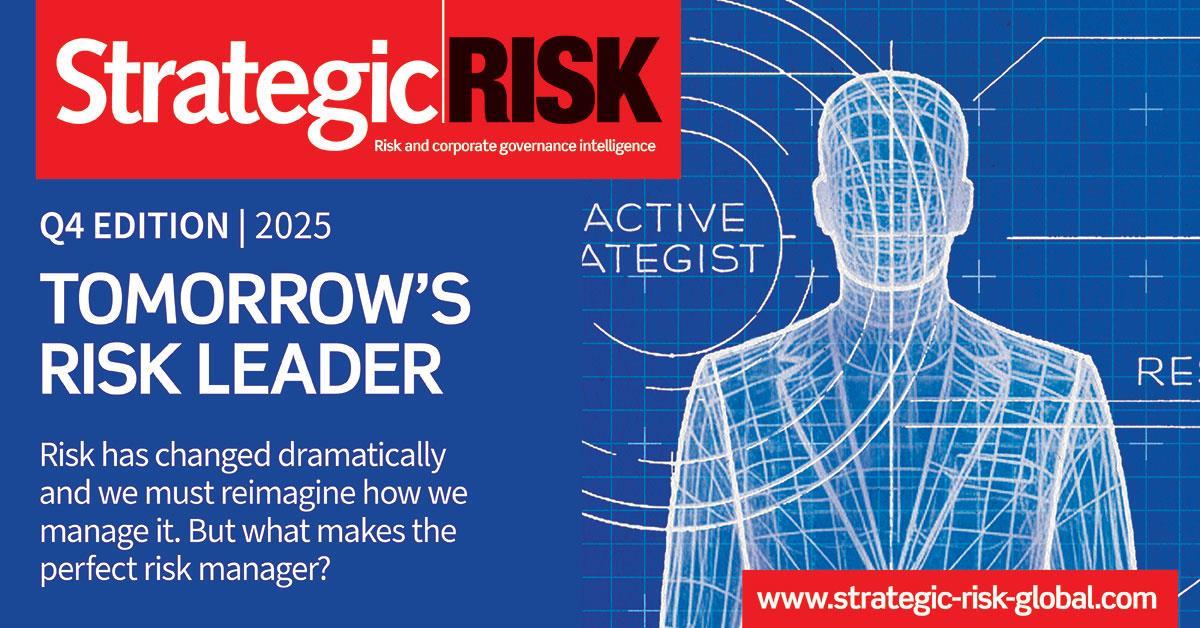As businesses grapple with talent shortages, geopolitical instability and cost pressures, EY says mobility strategies must evolve from compliance tools to strategic enablers of growth. But integrating mobility into the broader business agenda is no easy task.
Businesses must focus on creating a robust and deliverable mobility strategy for staff, as companies face a range of major challenges – including addressing talent gaps, geopolitical risks and the disruptive rise of generative AI.
A new EY study, based on a survey of 1,074 mobility professionals across 22 countries, reveals stark differences in how organisations are approaching these risks.

According to the EY 2025 Mobility Reimagined Survey, cost pressures and uncertain labour markets are driving a strategic shift, with mobility becoming a vital tool to help solve talent shortages.
The demand for global talent is surging. The survey finds 48% of employers are struggling to find the right talent to meet business needs, while 74% say it takes more than a year to fill senior roles.
“The responses underscore the pivotal role of mobility in driving organisational growth and enhancing talent attraction and retention,” EY explained.
In total, 85% of respondents said mobility assignments can be transformative, with nearly half (48%) stating such experiences increase their likelihood of staying with their employer. Companies that integrate mobility programmes with wider organisational and talent goals are more than twice as likely to experience 10% revenue growth.
From compliance to business strategy
While there is growing recognition of mobility’s potential, EY’s Simon Stanaway warns that many businesses are struggling to develop a coherent strategy.
“One of the big barriers that mobility has faced is getting a seat at the table,” he said. “For so long, it has been isolated as a function, seen as a tax and immigration compliance function.
“That is an important part of its role, of course, but the data shows us organisations benefit from changing the conversation about mobility to be forward-looking. This means adjusting to where business growth is headed, and where talent needs are projected to be.”
- 85% of employers believe that having a strategic HR function will be critical for business success in the next five years.
He continued: “For senior roles in global organisations, mobility experiences can be seen as critical to truly be a leader with the necessary diversity of experiences with company culture and different parts of the business.
“The need for a strategic focus is compounded by geopolitical and economic uncertainty, and heightened awareness of employee safety. To accommodate an increasing number of cross-border employees with families, we see a need for fresh designs of mobility programmes that are more flexible and focused on increased value. It’s about evolving thinking around operating models, outsourcing, technology - to allow for more time spent on strategy.”
“This is an important consideration for HR in the next five to ten years. We have data that shows 85% of employers believe that having a strategic HR function will be critical for business success in the next five years. It’s been a journey for HR to have a more prominent voice at the executive layer, but having a seat at the table can help organisations reach talent and business goals. Mobility is a key consideration in this.”
Geopolitics, stress and strategic data
The survey also highlights that 96% of mobility professionals want to reduce costs. Evolved functions are already tracking metrics such as performance ratings (68%), revenue impact (63%), promotion rates post-assignment (59%) and speed to fill vacancies (53%).
But rising geopolitical instability is adding to the challenge.
“This is a moment of compounding challenges: geopolitical, economic, labour,” Stanaway warned.
“Cost pressures are increasing because of one or all of these issues. Aside from the direct economic impact of tariffs, the conversation about trade and tariffs has injected uncertainty, and it is impacting some sectors more than others. From a sector perspective the impact is twofold: organisations need talent in the right places but need to balance cost pressures.
“Also, employees have heightened concern over security. And this is not just about relocation and long-term stays, but business travellers, too. We’re seeing hesitation from people to travel to some locations both by themselves and with families.
“You need to know where people are, and what risks they face in various jurisdictions”
“As this continues, the stress felt by employees and their families is something mobility will need to focus on. And the increased stress doesn’t appear to be going anywhere soon. This will affect how to find and retain talent in the short-term, and how a company’s strategy needs to be adjusted for the long-term.”
He concluded: “It is critical to bring the right stakeholders together. Tax, legal, talent; all of these areas of a business need to be connected to navigate geopolitical challenges.
“Having the right data and information at hand is an important part of this focus. Disconnected data prevents organisations from having a clear and transparent line-of-sight to the risks they face. And this is about clean and accurate data so that you can run analysis on the risks and understand the global perspective.
“You need to know where people are, and what risks they face in various jurisdictions (tax, legal, safety or otherwise), and make informed decisions on what risks you’re comfortable with and what risks you need to take action on. This is not a one-and-done exercise: you need to have a regular cadence to review data sources and risk tolerance.”








No comments yet